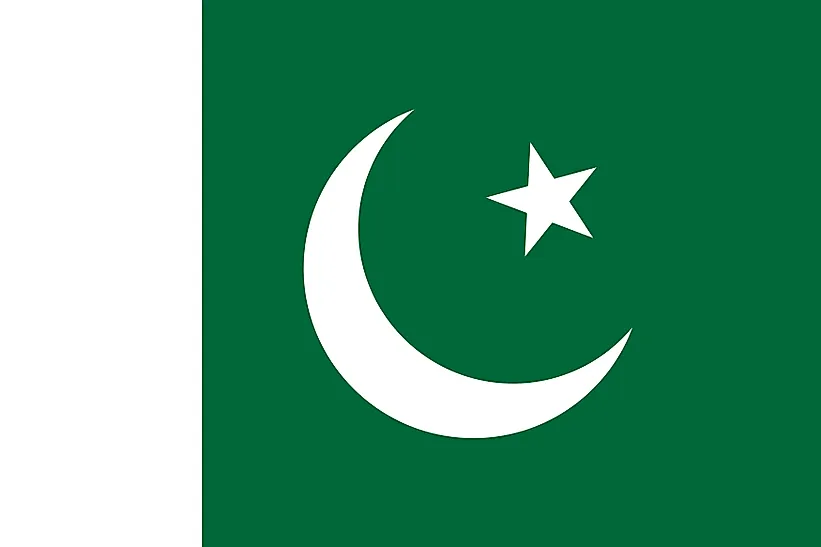
Pakistan
| Continent | Asia |
| Capital | Islamabad |
| Population | 201,995,540 |
| GDP | $988.00 Billion |
| GDP per Capita | $5,100 |
| Dialing Code | +92 |
| ISO Code (2-letter) | PK |
| ISO Code (3-letter) | PAK |
Pakistan Landscapes






About Pakistan
Welcome to Pakistan, a nation where ancient civilizations meet modern aspirations. With approximately 220 million people occupying 881,913 square kilometers, Pakistan combines remarkable geographical diversity with rich cultural heritage, standing as one of South Asia’s most significant nations.
Geographic Features and Natural Beauty
Pakistan’s geography encompasses extraordinary diversity, from the mighty Karakoram and Hindu Kush mountains in the north to the Arabian Sea coast in the south. The country features five of the world’s fourteen highest peaks, including K2, the world’s second-highest mountain.
The landscape includes the Indus River Valley, the Thar Desert, fertile plains of Punjab, and dramatic mountain ranges. The country’s varied topography creates multiple climate zones, supporting diverse ecosystems from glaciers to tropical forests.
Protected areas include numerous national parks and wildlife sanctuaries protecting unique species like the snow leopard and markhor. The country’s commitment to environmental protection focuses on preserving biodiversity and addressing climate change impacts.
Cultural Heritage and Traditions
Pakistani culture represents a rich blend of Indo-Persian, Islamic, and regional traditions. The country’s heritage includes ancient archaeological sites like Mohenjo-daro and Taxila, distinctive architecture, and vibrant arts.
Traditional arts include truck art, pottery, textile weaving, and carpet making. Music traditions feature classical, folk, and modern fusion styles, while literature and poetry hold special cultural significance.
Pakistani cuisine varies by region but commonly features aromatic spices, flatbreads, and distinctive preparations of meat and vegetables. The tradition of hospitality and family gatherings remains central to social life.
Historical Journey
Pakistan’s history spans from the ancient Indus Valley Civilization through various empires to modern nationhood. The region has been a crossroads of civilizations and cultures for millennia.
Significant periods include the Indus Valley Civilization, Buddhist Gandhara period, Muslim rule, British colonial era, and independence in 1947. The country’s journey since independence has shaped its modern identity.
Modern Economic Landscape
Today’s Pakistani economy combines agriculture with growing industrial and service sectors. The country focuses on textile exports, IT services, and agricultural production.
Recent initiatives emphasize infrastructure development through the China-Pakistan Economic Corridor (CPEC), digital innovation, and renewable energy. Pakistan’s strategic location provides opportunities for regional trade and connectivity.
International Relations and Global Position
Pakistan maintains significant strategic partnerships while playing a key role in regional affairs. The country’s nuclear capability and geopolitical position influence its international relationships.
Did You Know?
• Pakistan is home to five of the world’s fourteen highest peaks?
• The ancient Indus Valley city of Mohenjo-daro had better drainage systems than many modern Pakistani cities?
• Pakistan produces 60% of the world’s soccer balls?
• The Karakoram Highway is the highest paved international road in the world?
Conclusion
Pakistan represents a unique combination of ancient heritage and modern development. From its towering peaks to its archaeological treasures, from its cultural diversity to its economic potential, Pakistan continues to evolve while preserving its distinctive character. As it addresses challenges including economic development and environmental protection, Pakistan remains committed to progress while maintaining its rich cultural traditions.